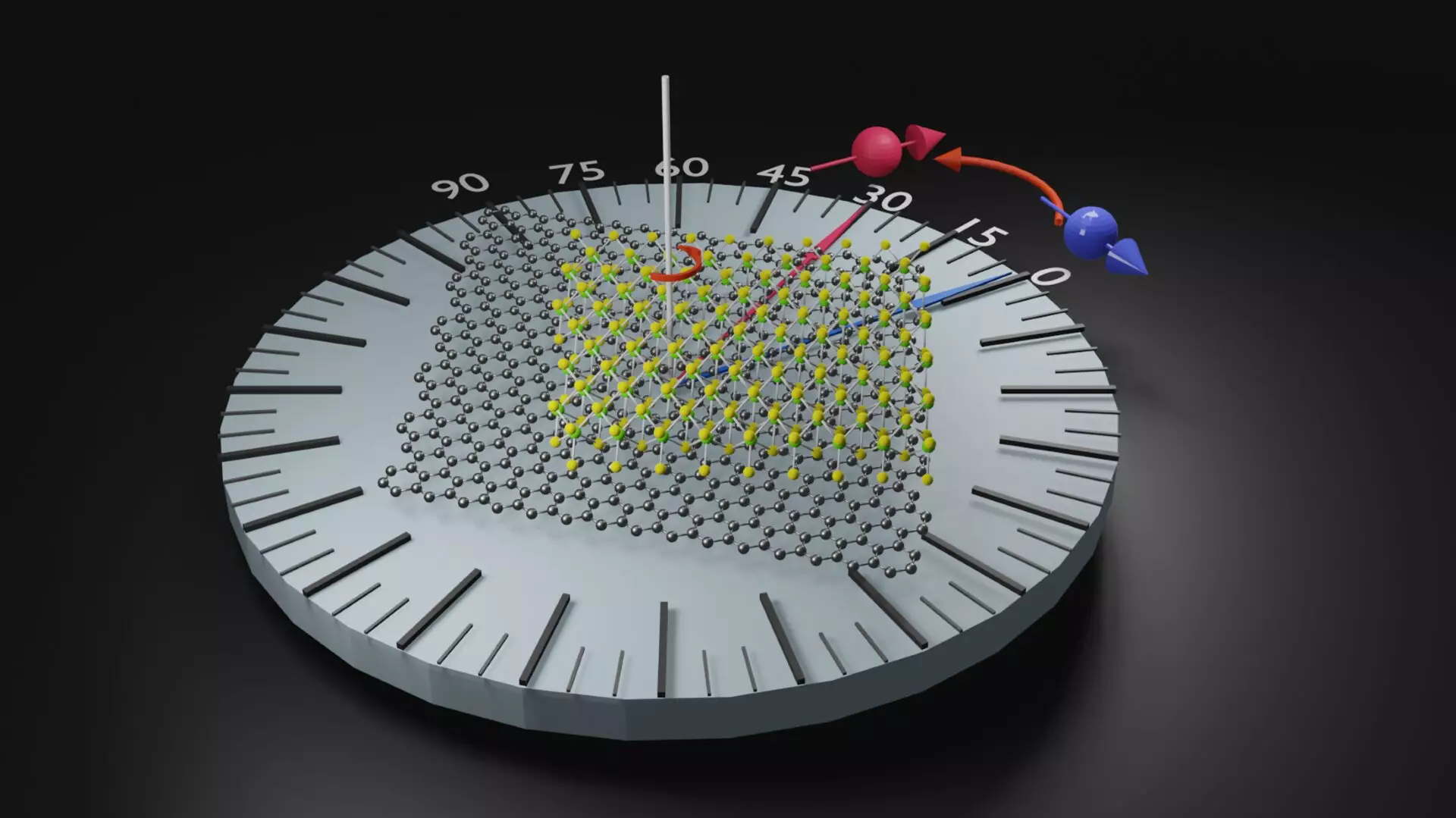A groundbreaking discovery in the field of spintronics has been made by the Nanodevices group at CIC nanoGUNE, in collaboration with research staff from the Charles University of Prague and the CFM center in San Sebastian. This new complex material, designed by the research team, has opened up a realm of possibilities for the development of more efficient and advanced electronic devices.
The research into two-dimensional materials with unique characteristics has seen a surge in recent years. When two layers of these materials are stacked to form a heterostructure, new effects and properties emerge. The discovery that even minute rotations of these layers can alter the properties of the heterostructure has sparked further exploration into this area of study.
The focus of this groundbreaking work was on the stacking of two layers of graphene and tungsten selenide (WSe2). By stacking these layers and rotating them at a precise angle, the researchers were able to generate a spin current in a specific direction. This manipulation of spin currents is crucial in overcoming the main limitations of spintronics.
Traditionally, handling spin currents has been a challenge in spintronics as spin is transferred perpendicular to the electric current. However, this new research demonstrates that by using the right materials and applying a precise twist, new spin-related properties can be achieved that were previously thought impossible.
The implications of this discovery are vast and promising. The integration of magnetic memories into processors, enhanced efficiency of electronic devices, and the development of novel technologies are just some of the potential outcomes of this research. The newfound ability to manipulate spin currents opens up a world of possibilities for the future of spintronics.
The research conducted by the Nanodevices group at CIC nanoGUNE, in collaboration with esteemed research institutions, has paved the way for a new era in spintronics. By harnessing the power of two-dimensional materials and precise rotations, the team has unlocked a plethora of opportunities for the development of next-generation electronic devices. This discovery marks a significant milestone in the field of spintronics and sets the stage for further innovations and advancements in the realm of electronic technologies.


Leave a Reply